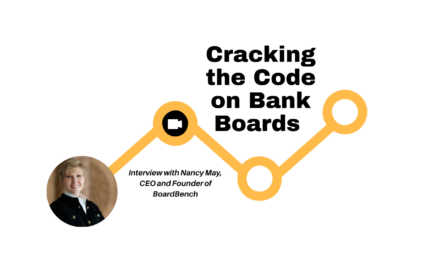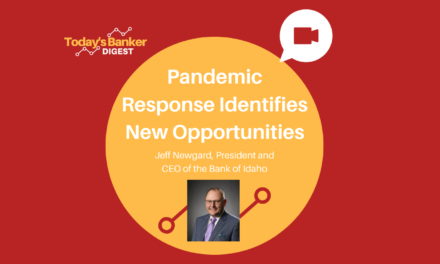The Project Management Institute (PMI) notes that one out of five projects is unsuccessful due to ineffective communications. Good communication is an essential skill in all business environments, regardless of the audience. Arguably the most common root cause of issues in any organization and in any project is “lack of and or incorrect or misunderstood communication” and break-down of communication is the cause of most conflicts.
Effective communication isn’t just about resolving conflicts in the management of organizations and projects; it’s also an essential factor in all relationships, team effectiveness, employee engagement, and profitability. Organizations that have adopted a project management methodology should train project sponsors and project managers to be great communicators to ensure successful outcomes.
Project managers and their teams often miss their targets or become unsuccessful in delivering because of one or more communication challenges. Excerpts of an article provided by the PMI describe the challenges of project management without effective communication and how to resolve them head-on.
1. Communication Inconsistency
Communication always starts at the top. When the Manager doesn’t provide enough information on changes in project management strategy and the when the project managers and departmental managers are not aligned, employees can’t deliver as expected of them. It also happens when departments or team members do not share information, goals, priorities, and processes among themselves. Lack of clarity creates confusion and people begin to make assumptions that suit them and relay incorrect information.
How to Overcome:
You must communicate clearly and concisely. The project management message must be simple to be easily understood by all regardless of their role in the project. All employees assigned to a project should be included in the planning sessions and allowed to make suggestions, share their issues, and talk about the project components. Department managers must encourage everyone to align themselves with shared goals in a collaborative environment. It will help all players to understand how they play a part in delivering the project outcome. Then, nothing escapes; nobody can make excuses based on lack of communication.
2. Use of the right technology
Email and intranet are faceless communication routes. We are overwhelmed with emails everyday with experts stating that only 1/3rdof those emails are actually opened. And, around 25% of the employees think email is a major productivity killer. People tend to shun communication if it’s happening on a device or platform they aren’t comfortable with. Projects without specific communication plans are doomed for failure.
How to overcome:
To ensure that information seeps into your staff on the right channels, a one stop platform for all project communication is preferable. Project managers need to understand the culture and the way their assigned teams like to operate and identify the best communication method possible at the start of the project, using a single project plan to guide their path with relevant due dates and proper descriptions for each task.
3. Not Enough Feedback
Feedback is your opportunity to receive information from ground zero about the progress and the hurdles of the projects in execution. Department managers and project managers must work together not only to ensure alignment to the project manager, but also, to keep the department manager informed.
How to overcome:
Feedback is a healthy sign and important at many levels. It helps you determine how well the employees have met their project and departmental goals, and it shows how well they collaborate with their teams, their colleagues and their managers. Positive feedback throughout the project and especially during the lessons learned meeting can make work more enriching, increasing team engagement and fast-track positive results. Negative feedback allows us to determine needed improvements and take corrective measures.
4. Updated Communication Processes
Always remember that processes are for people. Not the other way around. In most cases, processes are just stale old documents stored in a repository. Some people may not be aware that a relevant project process exists. Not having the right processes in the first place leads to confusion among the teams. Everyone develops their own ways of getting the job done and ends up doing more harm than good.
How to overcome:
First things first, review existing project processes and update continuously to ensure adherence to the project management discipline. While in the project planning phase, define the tasks and processes one at a time with adequate inputs from the teams that will be impacted by them. Understand the impact of the entire project end to end and the specific intersections throughout. Send meaningful statuses on a regular basis. Make efforts to ensure:
- Everyone knows where to access the project and process documents
- The process is easy to understand and implement
- Adequate information and answers to questions are provided
- Right contacts, communication channels are available in the project communications plan including vendors and other external stakeholders
- The defined process is aligned or supported by the tools the teams use
5. Inefficiency in Leadership:
Best efforts don’t equate to perfection. Leaders are human and mistakes are made. There are cases where there may be less than perfect communication by the leadership. Project managers may face difficulty ensuring team members are in communication with them as well as their department managers, causing misunderstandings, duplication of efforts and stalled projects. Leading from the front is a must. Project teams look up to their leaders for clarity, especially during turbulent times. If they do not receive optimum inputs, there is bound to be confusion, disruption, and demotivation.
How to overcome:
Develop & maintain a communication strategy that encourages openness and honesty & healthy exchange of ideas. Be precise and to the point on what is communicated, to whom and how. It is best for the project manager to implement regularly-scheduled project meetings to ensure an understanding of the nature of the project, status reviews, daily check-ins, etc. Dedicate time to discuss identified issues, risks, and challenges, using the playbook as the agenda and the project manager as the facilitator. Work on the decision log and action plan, share timelines for the expected solution & review progress.
The positive impact of good communication in the management of projects includes better project performance, higher productivity, and improved member service. You can achieve higher staff retention numbers and minimize the costs of staff turnover. Communication must be an integral part of the project management culture. And as a project sponsor and project manager, you must meet the communication requirements of all the stakeholders. Visibility of progress and transparency at an execution level is key to generating confidence and building trust among the teams.













